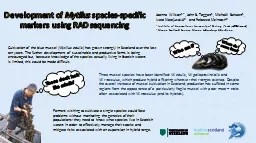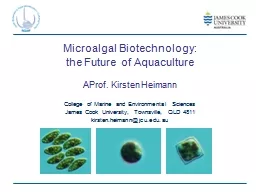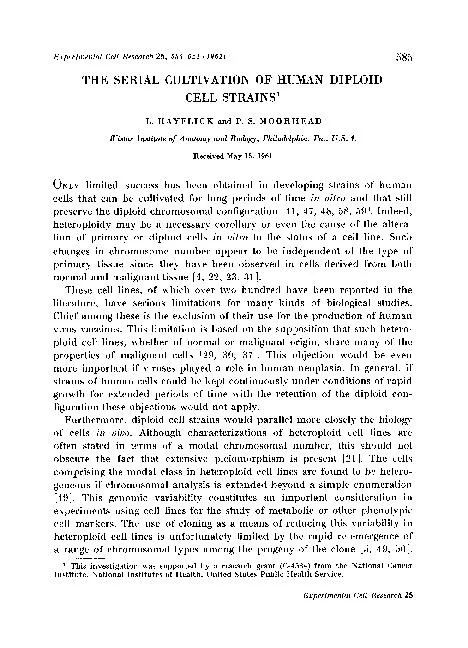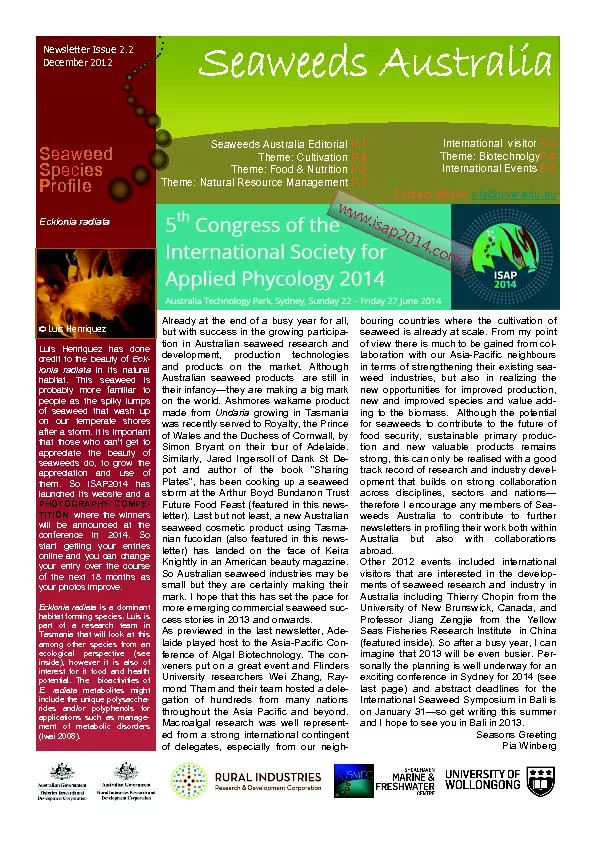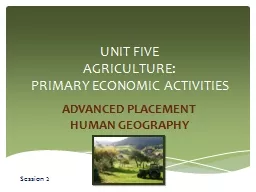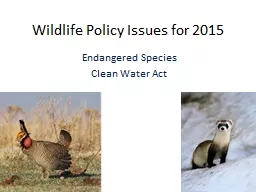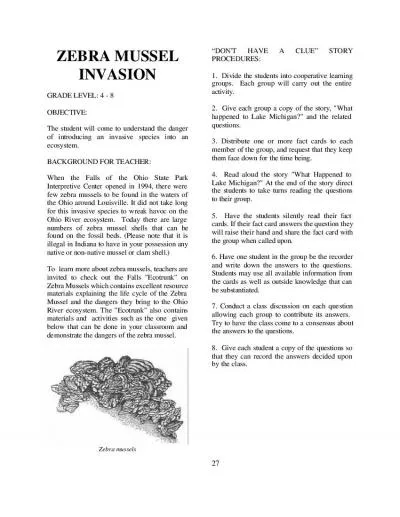PPT-Cultivation of the blue mussel (
Author : marina-yarberry | Published Date : 2017-12-24
Mytillus edulis has grown strongly in Scotland over the last ten years The further development of sustainable and productive farms is being encouraged but because
Presentation Embed Code
Download Presentation
Download Presentation The PPT/PDF document "Cultivation of the blue mussel (" is the property of its rightful owner. Permission is granted to download and print the materials on this website for personal, non-commercial use only, and to display it on your personal computer provided you do not modify the materials and that you retain all copyright notices contained in the materials. By downloading content from our website, you accept the terms of this agreement.
Cultivation of the blue mussel (: Transcript
Download Rules Of Document
"Cultivation of the blue mussel ("The content belongs to its owner. You may download and print it for personal use, without modification, and keep all copyright notices. By downloading, you agree to these terms.
Related Documents

